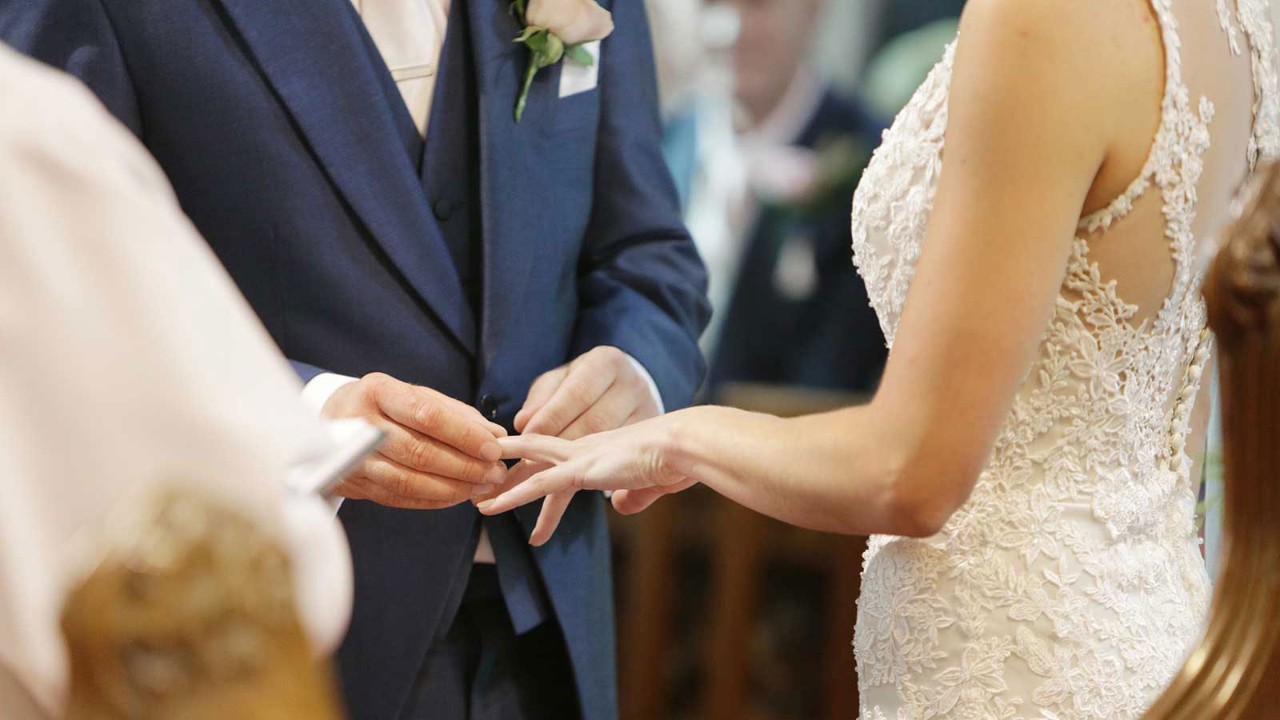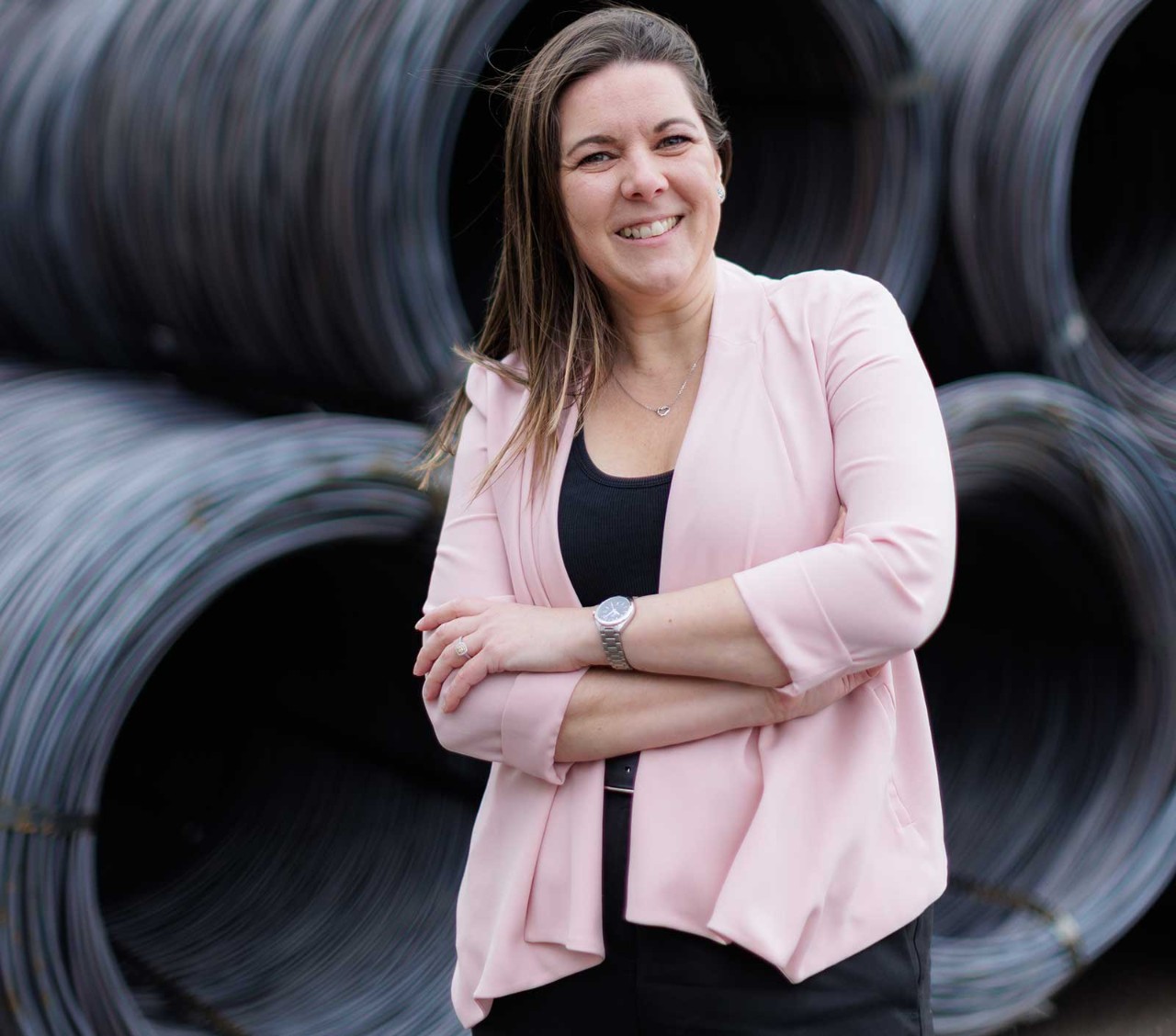
If you live in the UK, whom you marry could turn out to be the decision with the most profound tax implications of your life.
Depending on your spouse or civil partner’s income, assets and other factors – life events such as buying a house, having children, investing or inheriting – can become either a fiscal minefield or a land of tax opportunities.
Let’s start with property transactions; ultimately this is where most married couples begin their journey together. To keep things simple and cheap from a tax perspective, neither of you should own any property (in the UK or anywhere else in the world) before finalising the purchase of your dream home. Otherwise, you may need to pay the higher rates of stamp duty land tax (SDLT), and the difference with the rates applicable to first-time buyers tends to be significant.
For instance, the higher rates of SDLT on a £500,000 freehold property bought after 31 March 2025 would translate into £40,000 payable to HMRC, split as follows: 5% on the first £125,000, or £6,250; 7% between £125,000 and £250,000, or £8,750; and 10% on the remaining £250,000, or £25,000. If you are both first-time buyers, the SDLT bill on the same property would only be £10,000.
As soon as one parent earns more than £60,000, the entire household is considered wealthy
Two become one
Let’s say you don’t own any property but your spouse is the owner of a flat, which is in turn rented out with no intention to sell it. When you – as a couple – complete the purchase of that £500,000 family home, HMRC will want an extra £30,000. That is the case even if you (rather than your spouse) purchase the property alone. That is because, for SDLT purposes, married couples or civil partners living together are seen as one and your new family home will be treated as a second home.
Things would be different if you owned two flats – one each – and as a married couple you have lived in either of them. In this situation, provided you sell the property where you were both living within 36 months of completing and moving into your new £500,000 main residence, the SDLT payable would drop from £40,000 to £15,000 by way of a £25,000 tax refund.
Family affair
Now that you have sorted where to live for the rest of your days and which property or properties to dispose of, you might be aiming to grow the family. This is when you really need to take a closer look at your spouse’s latest P60. There is in fact one income level all couples with children should be aware and afraid of: that is £60,000.
As soon as one parent earns more than £60,000, the entire household is considered wealthy and starts losing child benefit via the imposition of an additional tax – the High Income Child Benefit Charge (HICBC).
If one parent’s adjusted net income (which is defined as the total taxable income of an individual before any personal allowances and less certain tax reliefs) reaches £80,000, all child benefit payments are matched by an equal and opposite HICBC liability.
The system is also designed in such a way that a household with four children, one unemployed parent and the other earning £80,000 does not qualify for child benefit. On the contrary, a household with one child and where both parents earn £59,999 – resulting in a total household income just short of £120,000 – gets the highest possible level of child benefit.
You need to be reasonably sure that your partner won’t run off
Assuming your spouse does not get any dividend, interest or other non-salary income, a quick look at your other half’s P60 can also determine if you as a couple qualify for marriage allowance tax relief. This allows a spouse to transfer £1,260 of their personal allowance to their husband, wife or civil partner. This reduces the overall yearly income tax payable by the couple by up to £252.
However, to benefit from the marriage allowance, three conditions must be met: you must be married or in a civil partnership (obviously); your income must be below your personal allowance (typically £12,570); and your partner must be a basic-rate taxpayer, meaning that their income is between £12,571 and £50,270.
Disposal decisions
Let’s move to investment and asset disposal decisions. The first principle to keep in mind here is that as far as capital gains tax (CGT) is concerned, you and your spouse or civil partner are treated as separate individuals. In other words, you are required to pay tax only on your own gains and can get relief only for your own losses.
But being married and living together can give rise to significant tax advantages, as you usually do not pay CGT on assets you give or sell to your spouse or civil partner.
‘The way taxes are, you might as well marry for love’
This could be very advantageous if, for example, you have used all the CGT annual exempt amount for one particular year (currently set at £3,000), as you can first transfer an asset to your spouse with a view to selling it for a gain shortly after and tap into your spouse’s unused annual exempt amount. Of course, you need to be reasonably sure that your partner won’t run off after you transfer the asset.
Inheritance issues
By far the biggest tax advantages for married couples relate to inheritance tax (IHT). In fact, when a spouse dies, any asset left to the surviving spouse is automatically exempt from IHT. Any unused threshold (ie the IHT-free allowance) can be added to the partner’s threshold, which could increase from £500,000 (if the deceased left all their net worth to their spouse and they own a home) to £1m.
At this point, if you find it somewhat baffling that the best tax opportunities for married couples arise when one of the two partners dies, you are not alone. As the US comedian Joe E Lewis once said: ‘The way taxes are, you might as well marry for love’.


